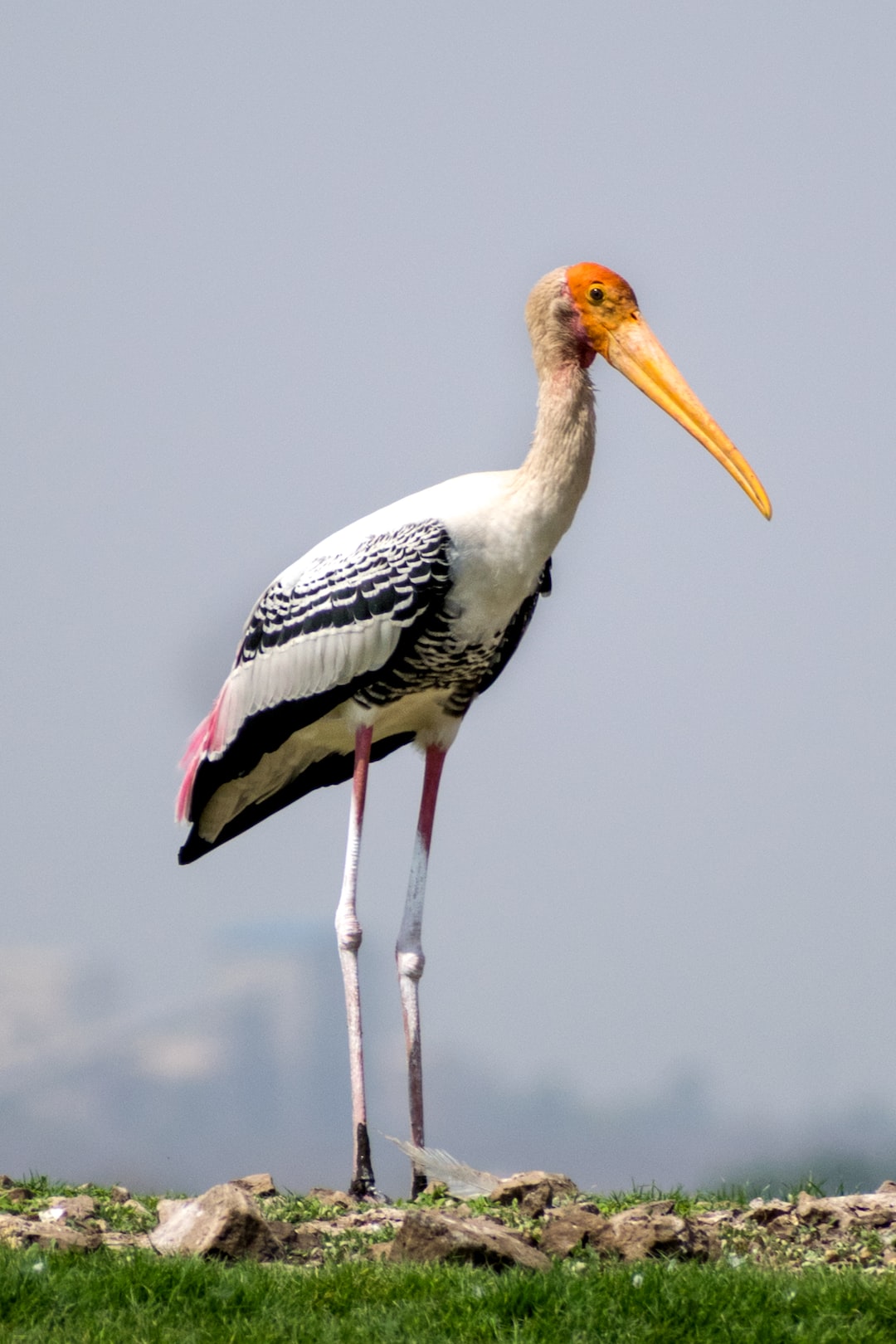Monkey Business: Investigating the Complex Social Structures of Primates
Primates, the order of mammals that includes monkeys, apes, and humans, display intricate social structures that have fascinated researchers for centuries. These complex social networks, which vary across different primate species, provide valuable insights into the evolution of human societies and shed light on the fundamental nature of social behavior.
One primate species that exhibits a particularly intricate social structure is the vervet monkey. These small African monkeys live in social groups consisting of multiple adult males, females, and their offspring. Within these groups, females are the primary decision-makers, controlling the social dynamics and maintaining order. They form matrilineal groups, centered around strong bonds between female relatives, such as sisters and mothers. By staying together, these females can ensure the safety and survival of their offspring.
However, it is not just the females that play crucial roles in vervet monkey societies. Male vervets have their own social hierarchy, competing for dominance and access to mates. The dominant male holds a central position in the group, constantly guarding and protecting the females from potential threats. Conversely, lower-ranked males are often excluded from reproductive opportunities and form alliances to challenge dominant individuals or seek alternative strategies to pass on their genes.
Another famous primate with complex social structures is the chimpanzee. Chimpanzee societies are organized into communities, led by an alpha male. These communities consist of several smaller groups, each with its own set of individuals, including males, females, and young ones. The males within the community often form coalitions, cooperating to defend their territory and dominance against rival communities. Females, on the other hand, form strong and enduring bonds with other females within their small groups.
One of the most intriguing aspects of chimpanzee social dynamics is their use of tools. They have been observed using sticks or stones to extract termites from their mounds or crack open nuts. This behavior is not only limited to a few individuals but is rather taught and learned within the community. Tool use implies a level of social learning and cultural transmission, paving the way for sophisticated communication and problem-solving abilities.
Social structures are not unique to monkeys and apes. Humans, as part of the primate order, also exhibit complex social networks. Although our societies have evolved into vast and diverse systems, the roots of our social behavior can still be traced back to our primate ancestors. We share some commonalities, such as the formation of family units, alliances, and cooperative behaviors.
Studying the social structures of primates goes beyond mere curiosity; it has immense scientific and conservation significance. By understanding the social dynamics of different primate species, we can gain insights into the evolution of society and the factors that shape human behavior. Additionally, this knowledge can inform conservation efforts as it allows us to better comprehend the impact of environmental changes on primate societies, ultimately aiding in the preservation of these remarkable creatures.
In conclusion, the study of primate social structures offers a captivating glimpse into the complex workings of societies. From vervet monkeys to chimpanzees, primates exhibit intricate systems of relationships, power dynamics, and cooperation deeply rooted in their evolutionary history. As we unravel the mysteries of their social organization, we not only gain valuable insights into our own nature but also deepen our appreciation for the diversity of life on our planet.


